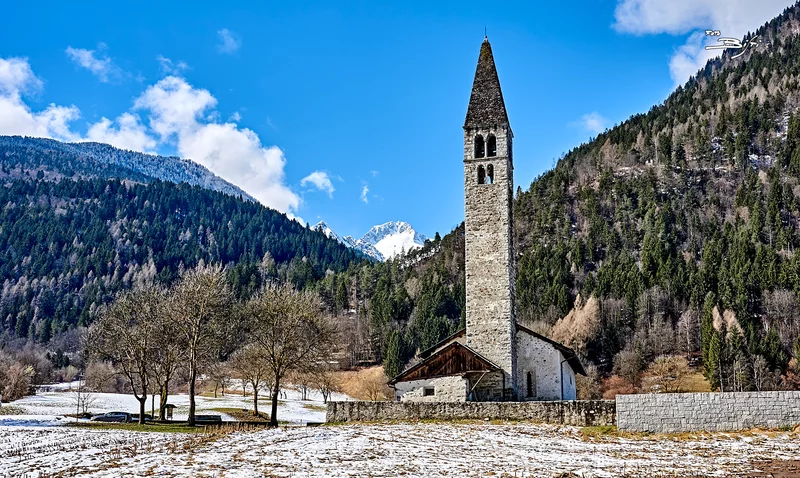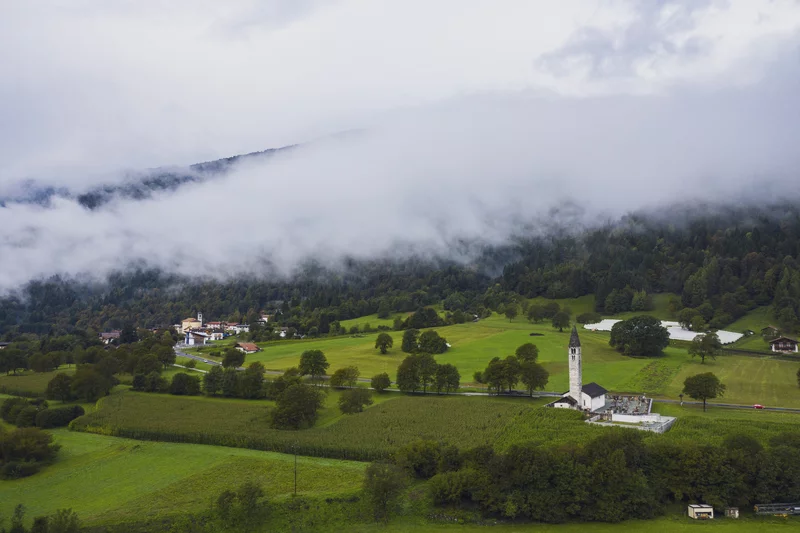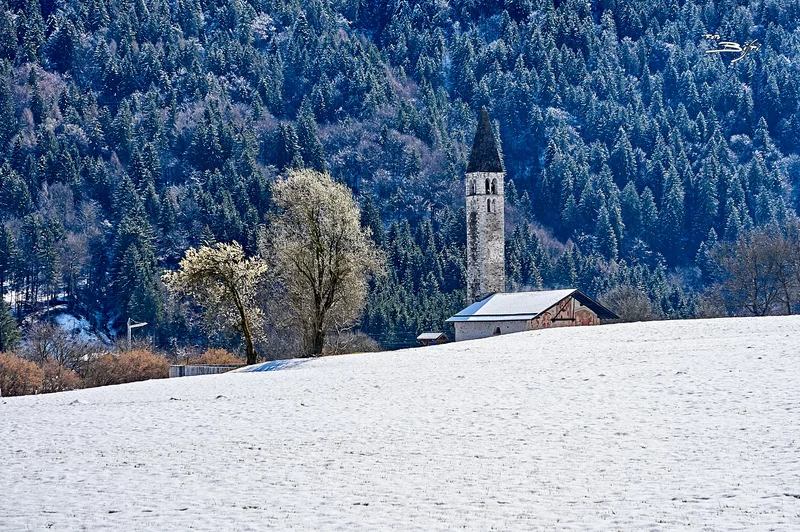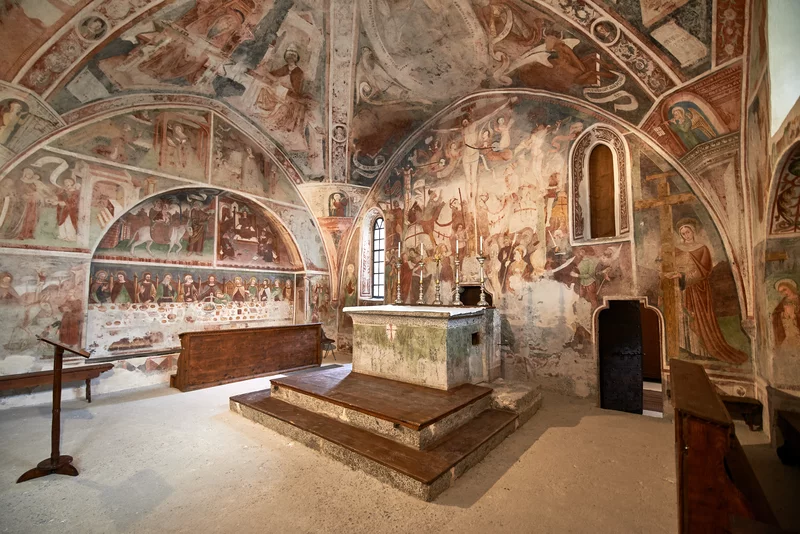Pelugo sits in the beautiful, majestic environment of the Val di Borzago. A natural setting of snow-capped peaks and green forests that give it its name: “Pelugo” in fact originates from 'Penes Lucum' meaning “In the sacred forest”.
The Municipality of Pelugo is located near the start of the Borzago Valley that climbs up to the Lares and Carè Alto glaciers. The village was rebuilt after being destroyed by the fire of 4 March 1922.
The plain to the southern-east of the village was the locality of the farmsteads of Arena, named as far back as 1364, and apparently destroyed by the Bedù river in flood. Legend has it that they were burned by Charlemagne. The village, in fact, dates back a very long way and was dominated by the ancient fortification of San Zeno. The activities that flourished in the area included timber and silk, wrought iron (forges were sited on the Bedù) and walnut oil production. Construction and timber processing are important elements in today’s economy.
Points of interest:
Church of Sant’Antonio Abate During the second half of the 1400s Cristoforo I Baschenis, ancestor of the second branch of the Baschenis family, and his son, worked at Pelugo’s Church of Sant’Antonio Abate (St. Anthony the Abbott), an ancient church which displays the impressive St. Christopher fresco on the facade. Around the entrance, there are works, including a large St. Anthony the Abbot blessing from the throne located above the entrance, along with other iconographic elements such as a staff, a bell, and a pig and nearby works depicting the Trinity, the Virgin Mary with Child, the Annunciation, St. Ursula with the Virgins, and St. Michael the Archangel. On the southern facade, you will find a long series dedicated to the Stories of St. Anthony the Abbot complete with captions in the vernacular (now illegible) in order to help the common people to better understand the series.
Cannon and Monument to Fallen Soldiers Alongside the Monument to Fallen Soldiers in the square in front of the church, there has been a cannon (a Feldhaubitze M.14) since 1971, having been recently recovered in the Artiglieria area of Carè Alto by young local residents.
Masere Park Val Rendena was once a place where working with hemp and other fibres of plant origin was extremely common. In every village there was an area dedicated to this activity. Most of these areas still bear the name masere to this day. Masere, in the local dialect, shares its origins with the English term “to macerate”, i.e. to soften by soaking in a liquid, which is one of the essential steps in transforming hemp into fabric. Pelugo’s Masere Park is a lovely park on the banks of the Sarca River and is a great starting or finishing point for relaxing strolls or for an afternoon spent out of doors. It features a playground, a new cafe with restaurant, and a section of bike trail that runs through it.





